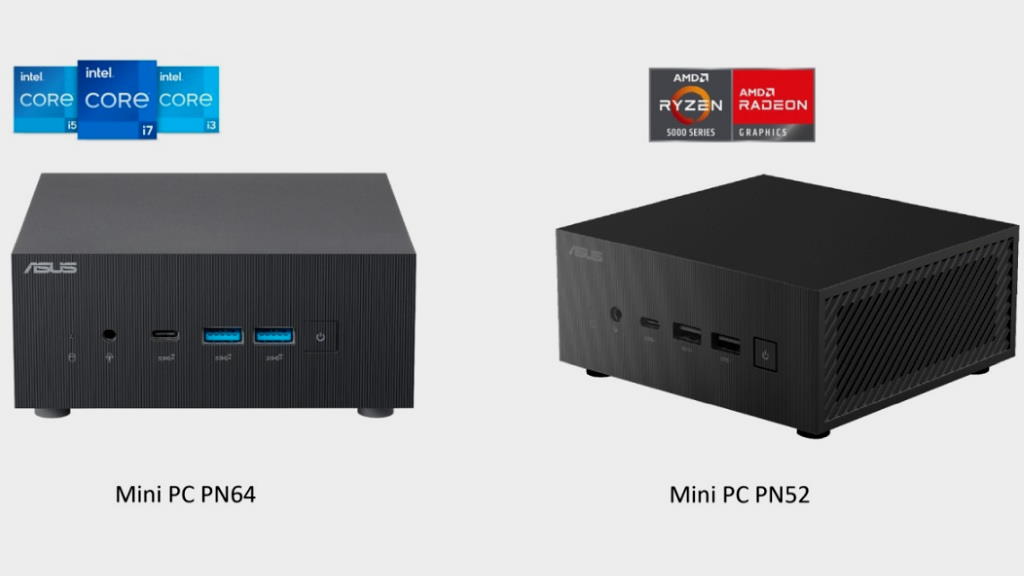
Despite the economic and geopolitical uncertainty that exists in many areas this year, network researchers continue to advance to bring new technologies to networks that will allow them to evolve and transform by 2023. Among these new technologies, these are the ones that will grow in importance the most, and therefore the ones that require more attention, in the world of networks.
1 – Unified SASE: special for templates and hybrid clouds
The technology SASE (Secure Access Service Edge, that is, Access to secure services at the edge) Unified tightly integrates security and the network in a single platform. The technology employs a single sweep scanning architecture, combined with a unified policy that is configured through a console from a centralized data logger. This is an important technology for entities that want to continue to offer a good user experience while protecting users, their data and their devices.
In 2023, many companies have already asked their employees to return to the office, at least for part of the time. Therefore, they have hybrid workforces, which spend part of their work in the office and part of their work at home or from another point, working remotely. Therefore, they are not always within the perimeter of the company, blurring it. With Unified SASE they can address this problem, offering both network security and cloud-centric security, from anywhere, anytime, to any user and device.
In addition, SASE Unified is also tasked with addressing the management and security issues posed by public clouds, as well as enabling enterprises to offer high-performance, on-the-fly connectivity and access to multiple clouds.
2 – Multicloud Network Software (MCNS): reinforces policies between clouds
The technology MCNS (Multi Cloud Network Software) is responsible for addressing issues related to connecting networks and applications between various public cloud environments. MCNS products are intended to ensure consistent network governance, policy, security, and visibility across multiple cloud environments through a single point of management.
Many cloud providers are unable to effectively manage multi-cloud integration. Every public cloud service tends to focus on its cloud as if it’s the only cloud a business needs. It is precisely for this reason that multicloud network software adds value. It is not just a mere tool that connects a network to several discrete clouds. MCNS technology provides automated, policy-based networking that provides connectivity and network services for workloads distributed across multiple clouds.
3 – Cilium: open source network and security controls for containers
Cilium is going to be one of the most important trends in network technology in 2023 according to several experts. The Cilium open source software integrates the network, its observability and its security in a single solution for container-based applications stored in hybrid cloud and multicloud environments.
Cilium requires no code changes to have granular visibility, you don’t need to learn a new language to manage it, and it achieves agile performance. It uses an open source technology called eBPF, which makes the Linux kernel programmable. With it, you can safely execute code within the kernel without making kernel-level code changes. This technology solves Kubernetes problems related to network and observability in companies, especially large ones or those that are growing at a high rate.
4 – Data Security Posture Management (DPSM): automates data protection in the cloud
the technology of Data Security Posture Management, DPSM, automates data discovery and protection operations. With it, it will be possible to improve the discovery, supervision and protection of sensitive data. Thus, those who adopt it will have precise results without the need to have very large security teams.
It is responsible for discovering all sensitive data in a business environment, from financial information to intellectual property, including personal data. In addition, for this it does not need standards or previously adjusting its configuration. In addition, it monitors data for risks, inappropriate permissions, and inappropriate privileges.
5 – Network Virtualization Function (NFV): the next step in WAN networks
The networks Software-Defined WANs (SD-WAN) They arrived in 2014, laying the groundwork for a software-centric approach to wide-reach networking. The next step requires that all related functions of a WAN are defined by software.
The virtual network services Based on network function virtualization, they allow all traditional and hardware-centric network functions to be deployed in software. Like routing, WAN optimization and firewall. A standardized x86 hardware package, known as a universal CPE, can host various functions.
Virtual network services promise to dramatically reduce the costs and complexities associated with deploying long-range global WANs. By consolidating multiple functions onto standardized hardware, companies can reduce reliance on specialized hardware for each function. Also reduce, in general, the use of hardware.
When virtual network functions run on a virtualized uCPE, the number of devices that require physical maintenance is limited, freeing up staff to perform other tasks. In a network with a conventional approach, if one device fails, the hardware needs to be changed for each function.
With virtual network services, administrators can do the same thing by simply removing the feature and redeveloping it, since it’s deployed as software. Offloading virtual networking and your storage configuration can be up and running in minutes, which is a big difference from systems that follow a hardware-centric approach.
6 – Next Generation Hotspot (NGH): Automates roaming and connections to WiFi networks
NGH, or Hotspot 2.0, enables secure and reliable roaming in different wireless networks, which it achieves thanks to the use of the IEEE 802.11u standard. This allows devices to automatically discover Hotspot 2.0 networks, and automatically authenticate to them. There are several types of Hotspot 2.0, among which is Open Roaming, from the Wireless Broadband Alliance.
Hostspot 2.0 makes connecting to wireless networks easier, as it eliminates the need to manually type login credentials and configure device settings. This technology could also replace current WiFi roaming technologies, such as the WISPr protocol, which are less secure and do not support automatic network discovery and instant authentication on them. As a result, the user experience of these networks will be better, and the adoption of wireless services will increase.
NGH technology also has advantages for mobile providers, as it allows them to pass traffic from 4G and 5G services to WiFi networks. Thus they can reduce congestion in mobile networks and improve the experience of their users.
7 – AI-based virtual assistants and conversational interfaces for network teams
All indications are that 2023 will be a year in which conversational interfaces and virtual assistants for networking teams will be widely adopted. This is confirmed by various predictions. Some say that the combination of talent shortages and a declining economy will mean that many companies do not hire many staff in the short term. That’s why technologies will be adopted that can help current team members, and those that make them more effective.
Within them, conversational interfaces and virtual assistants are quickly becoming a very important tool. They help users discover the root causes of network problems quickly and easily, leading to almost no trial and error.
Also to the fact that problems that until now took several days to solve, such as the existence of a cable that had stopped working, or poor data coverage, can be discovered in a few seconds. This is made possible by conversational interfaces, virtual assistants and Artificial Intelligence based on technologies.
8 – 6G: satisfies the needs of applications that require high bandwidth
Although 5G technology continues to play a prominent role in the expansion of broadband, the next generation is already in development, the 6G. This new technology will deliver speeds up to 100 times faster than its predecessor, making it ideal for high-bandwidth applications such as high-definition video streaming and gaming.
Another advantage of 6G is its ability to handle a huge amount of data, because it will use a new type of coding: orthogonal frequency division multiplexing (OFDM). Also, 6G technology is capable of managing multiple users at the same time much better than 5G. All thanks to the use of multiple input and multiple output MIMO technologies. With them you can have multiple users sharing the same physical connection without interfering with each other.
In addition, 6G reduces latency, which virtually eliminates lag, or delay, on compatible devices. This is important for applications like augmented and virtual reality, where even the slightest delay can cause problems.



